Tag: Workshop
-
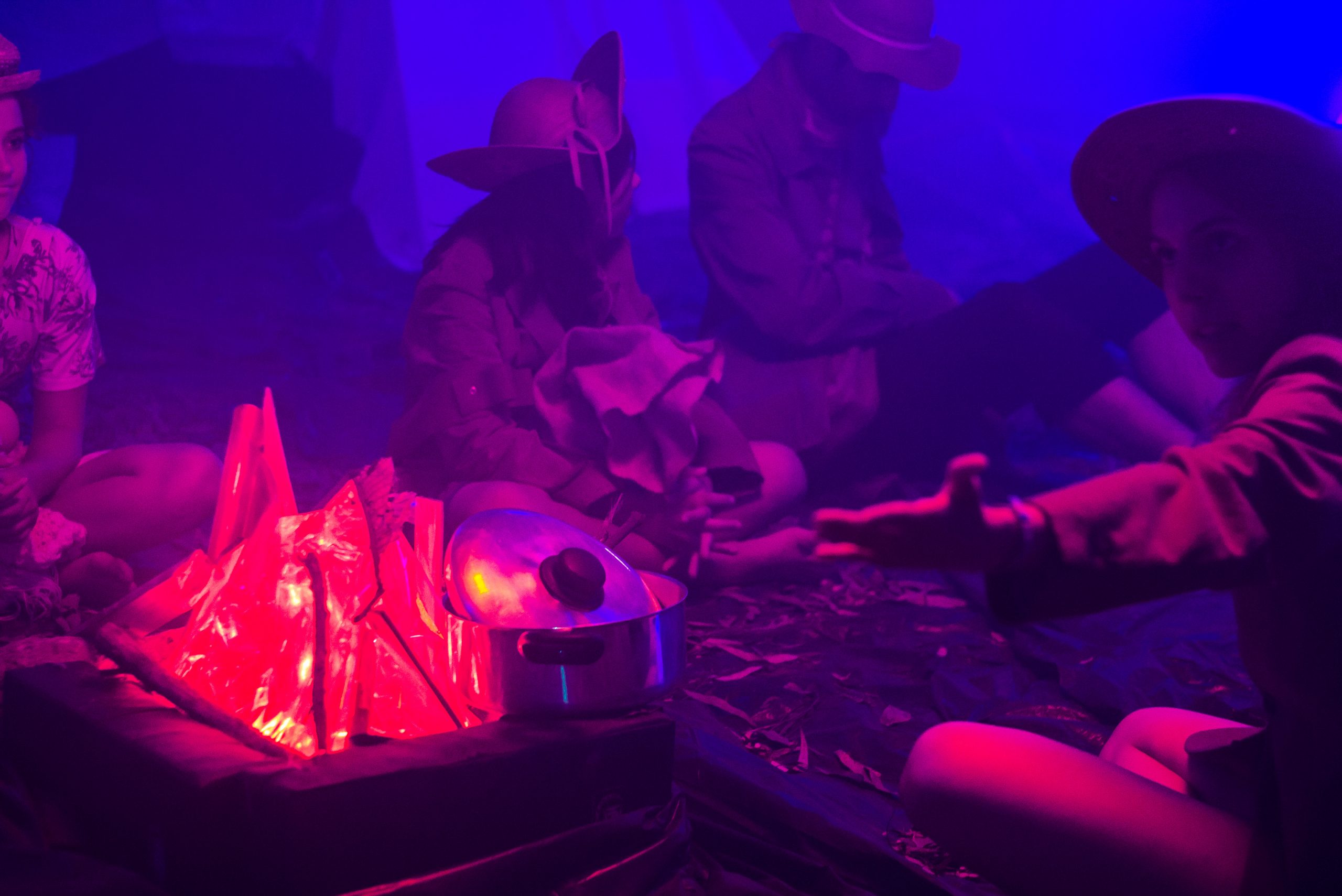
Chronicle: “Daddy, tell me a story?”
“I went to the place where the larp would take place. And now I had a new story in my head, one that carried a lot of meaning. I had reconnected with my father. And on top of that, I had received a very valuable gift, one of those that cannot be bought.”
-
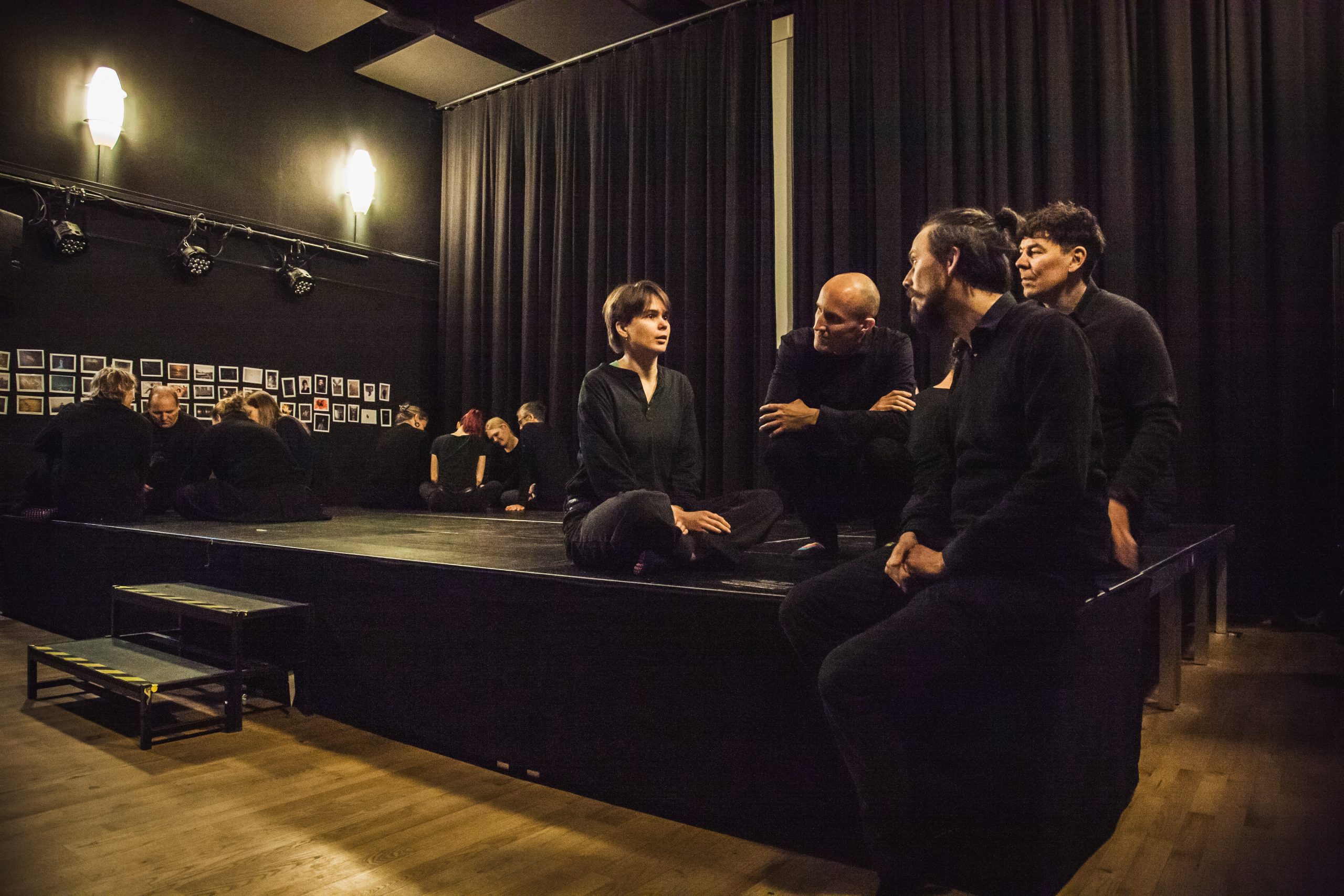
Workshop Design: A Guide
in
This article serves as a guide for workshop designers, outlining a series of steps that will take you from the initial idea to the final plan for a learning design.
-
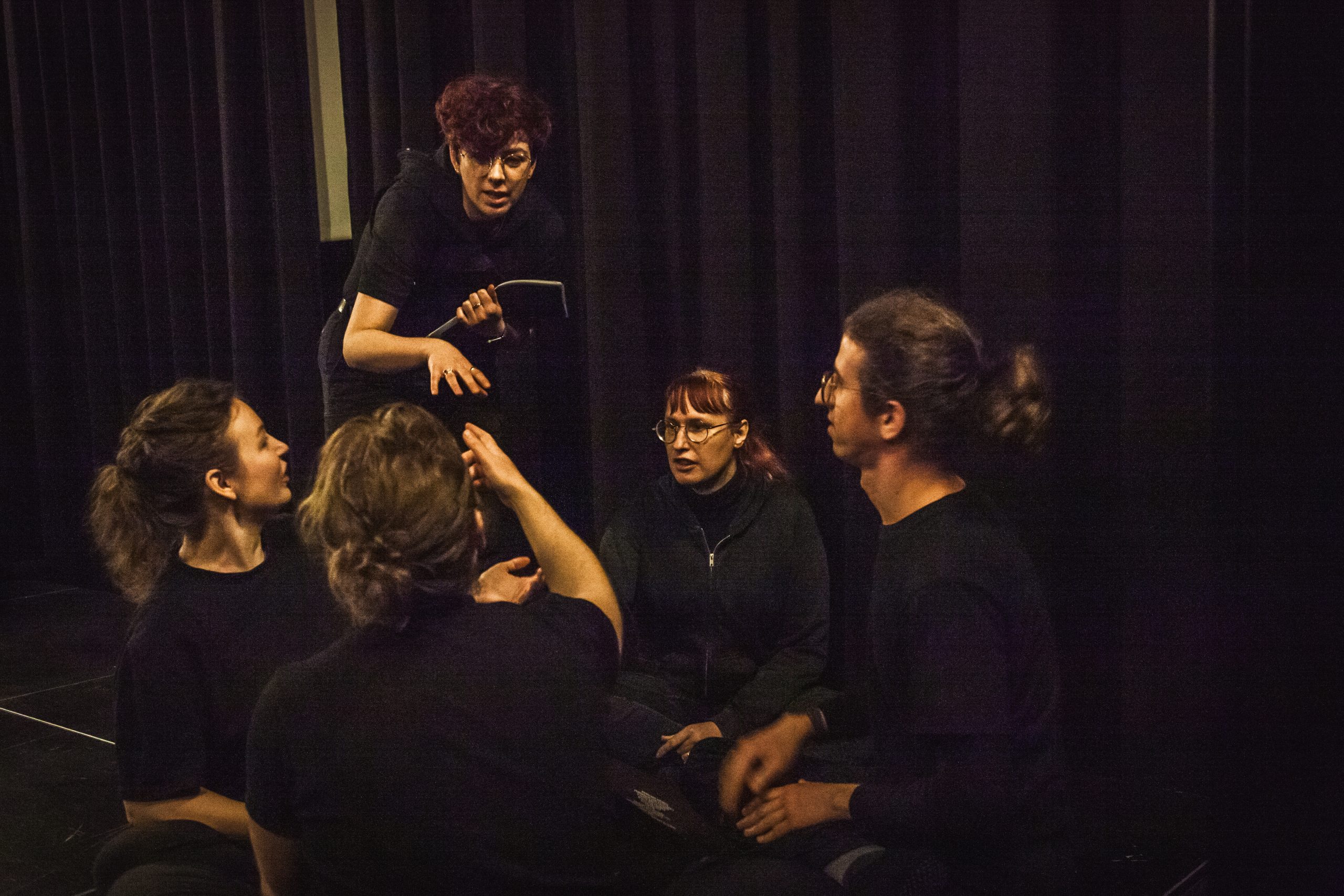
WEB: Workshop – Exercise – Briefing
in
The most common learning formats used for the pre-play-prep before a larp are: workshop, exercise, and briefing. The WEB model described below is a visual tool in two parts, created to define, distinguish, and summarize these three types of learning sessions.
-
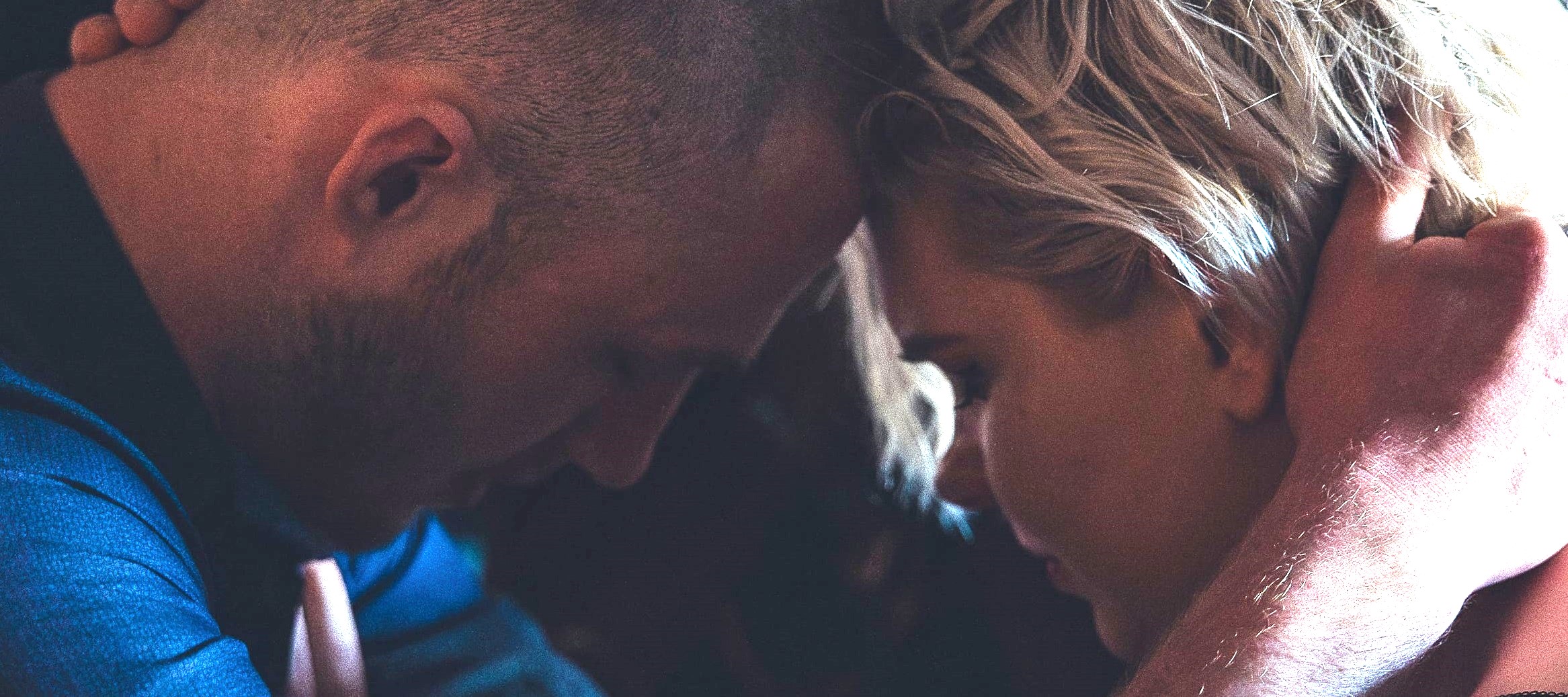
Building Player Chemistry
in
This article By Nór Hernø, introduces a workshop tool to help build player chemistry before a larp.
-

The Hated Children of Nordic Larp – Why We Need to Improve on Workshops and Debriefs
in
We should design specific exercises that fit the larp and the experience we want to create.
-

Larping Before the Larp: The Magic of Preparatory Scenes
in
How short facilitated scenes larped during workshops can enhance play.
-
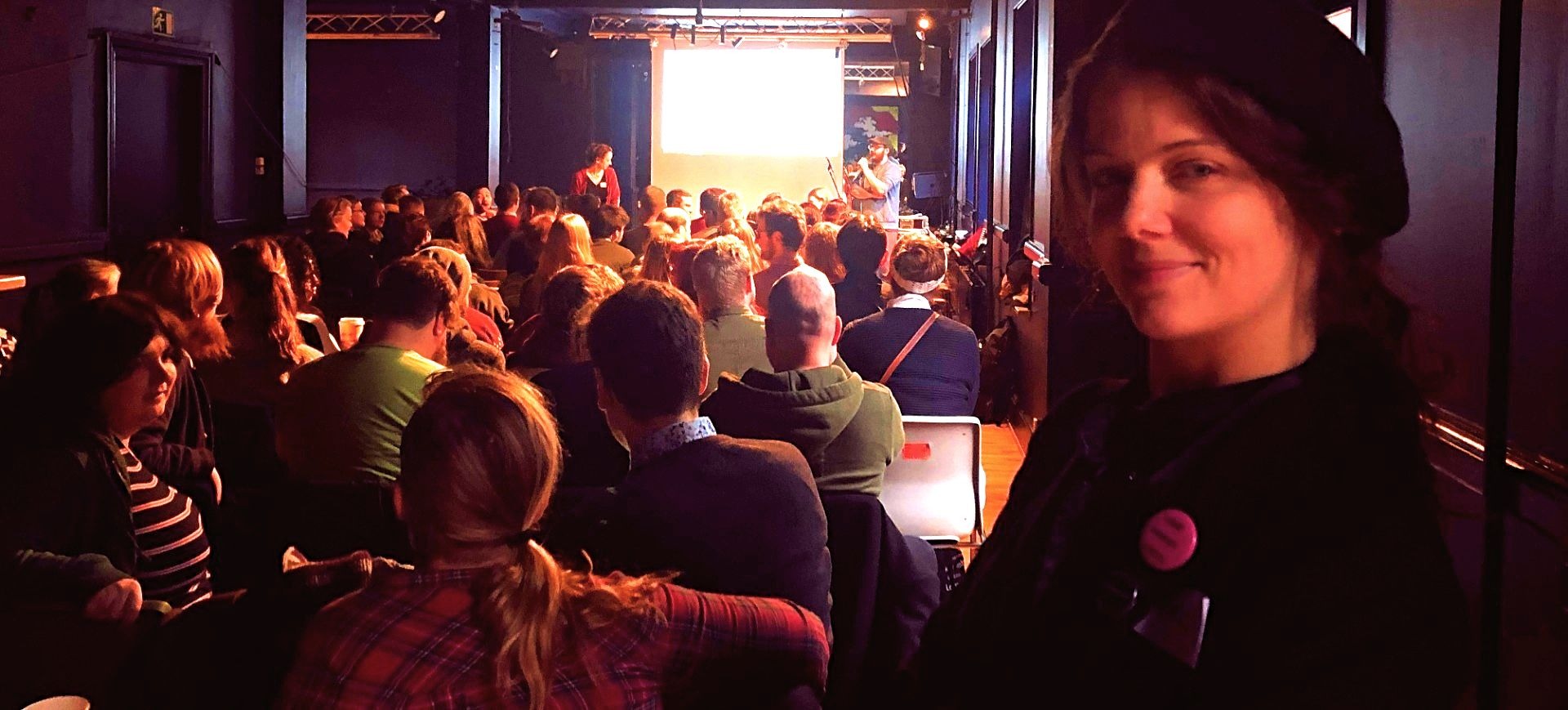
Overview of Edu-Larp Conference 2019
Edu-larp can be described as implementing live-action role-playing games in formal or informal educational contexts, “used to impart pre-determined pedagogical or didactic content” (Balzer & Kurz 2015). The aim of the Edu-larp Conference 2019 was to present and discuss recent international research as well as share best practice examples or innovative formats of edu-larp.The first
-

How to Take Care of Your Organizer
in
This article offers ways that players can take care of their organizers to help people avoid burning out and becoming discouraged from running larps again.
-
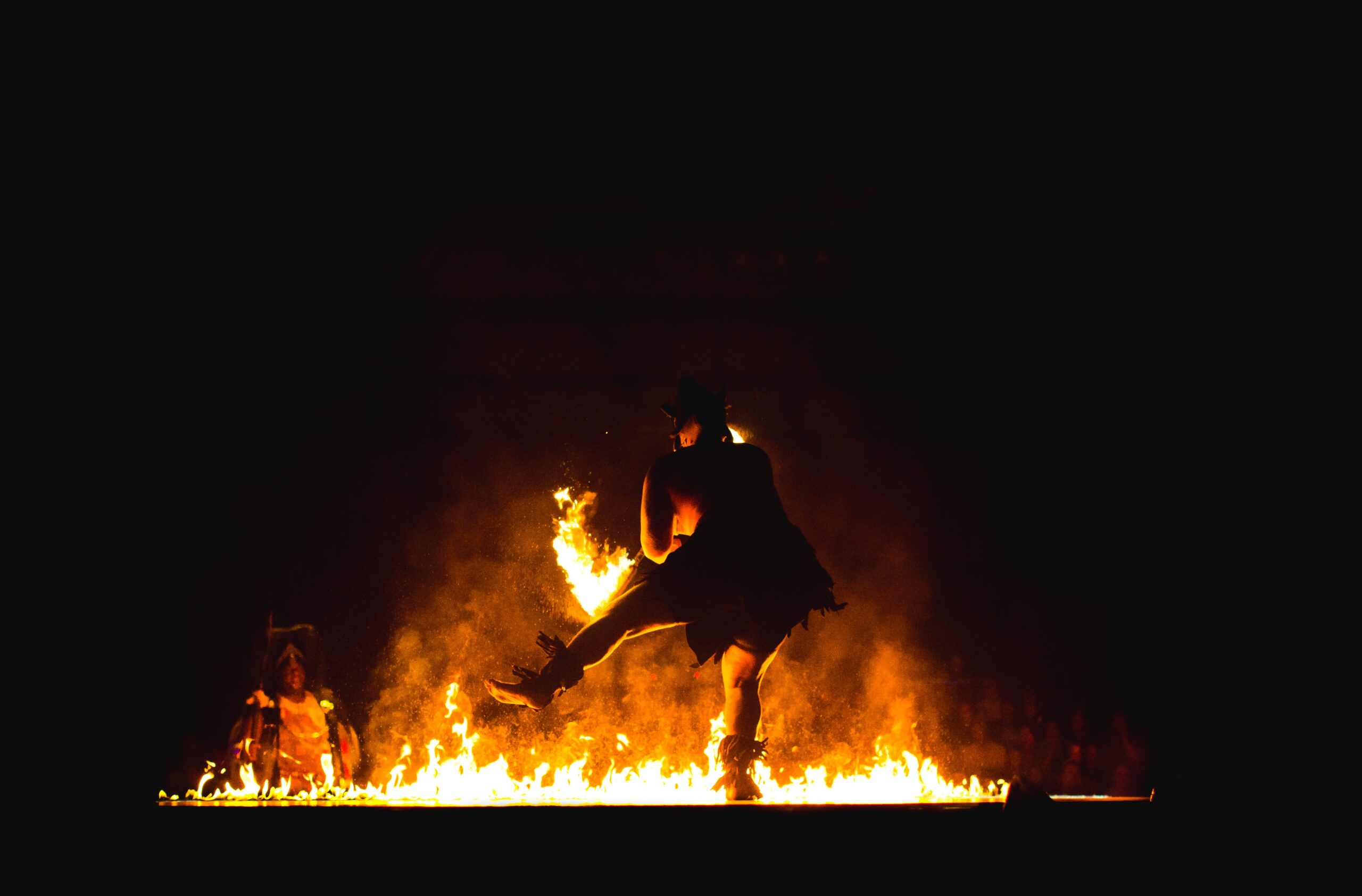
Group Improvisation of Larp Rituals
in
This article describes a 30-minute workshop which teaches on-the-spot collective improvisation of fake rituals for larp purposes.
-
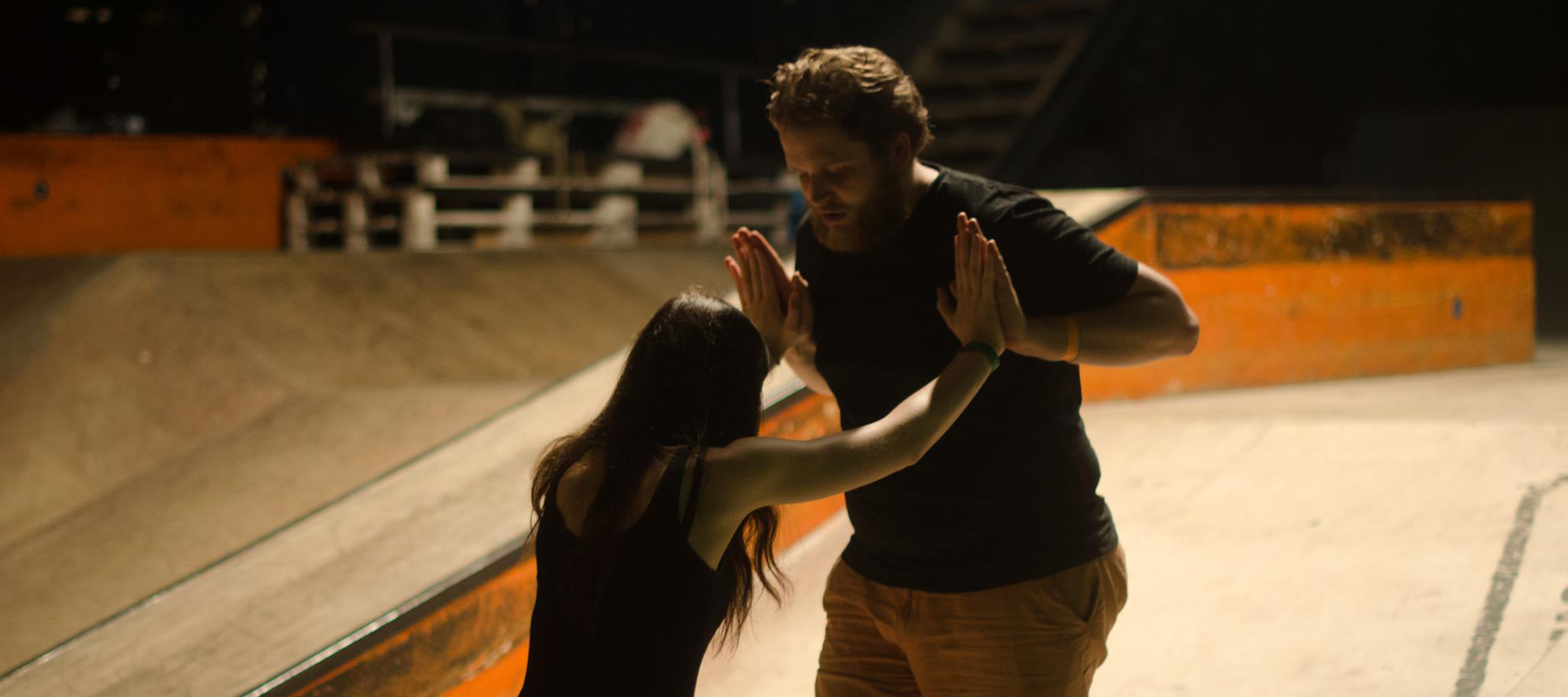
Workshop Practice, in Practice – A Functional Workshop Structure Method
in
The pre-game workshop tradition in Nordic larp is mostly oral, with little written material. People take part in workshops as players, then borrow and develop ideas from those experiences to construct workshops for their own larps. So I thought it might be useful to put together a method which looks at some of the different…